Feeling lost when it comes to cooking with tofu? This handy guide will tell you everything you need to know, including what it is, what the different types are, and how to actually make tofu taste good!
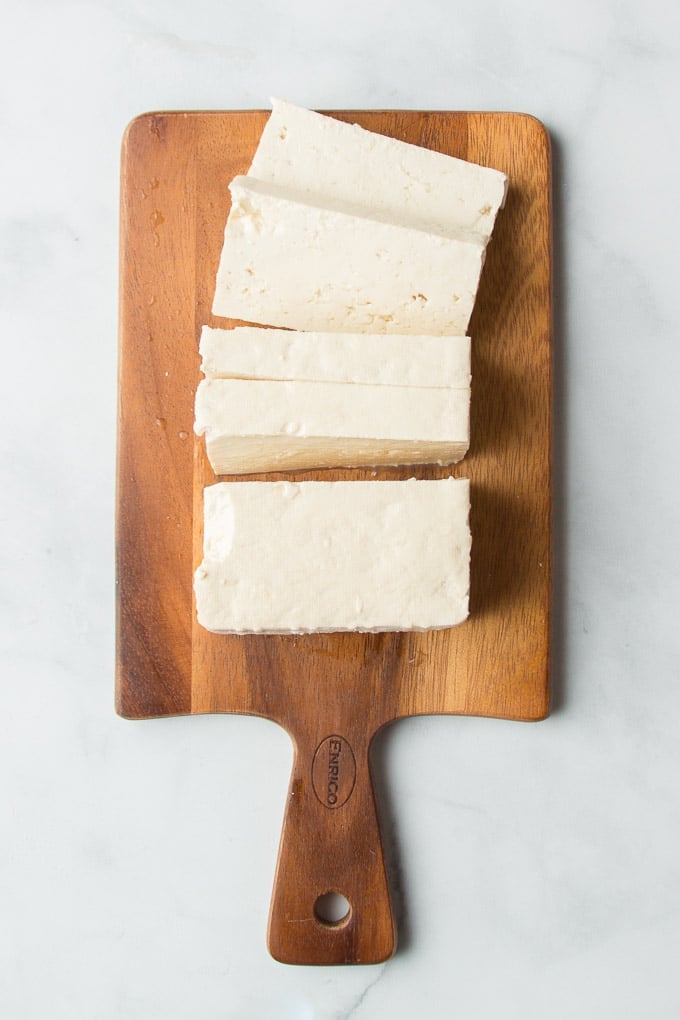
Tofu gets such a bad rap! So many people think they hate the stuff, and I used to be one of them.
But that shouldn't be the case. Many folks just don't know much about tofu, including how to prepare it.
I mean, think about it: if one day someone gave you some cocoa powder and it was a totally new-to-you ingredient, you might do the wrong things with it and decide that chocolate is disgusting. We all know that that isn't the case!
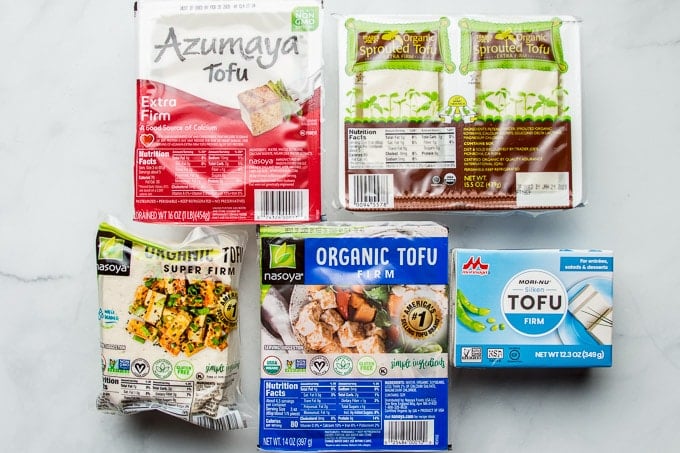
So I'm here to help you navigate the world of tofu. If tofu is new to you I hope you'll learn a thing or two and come to realize you love it, just like I did!
What is Tofu?
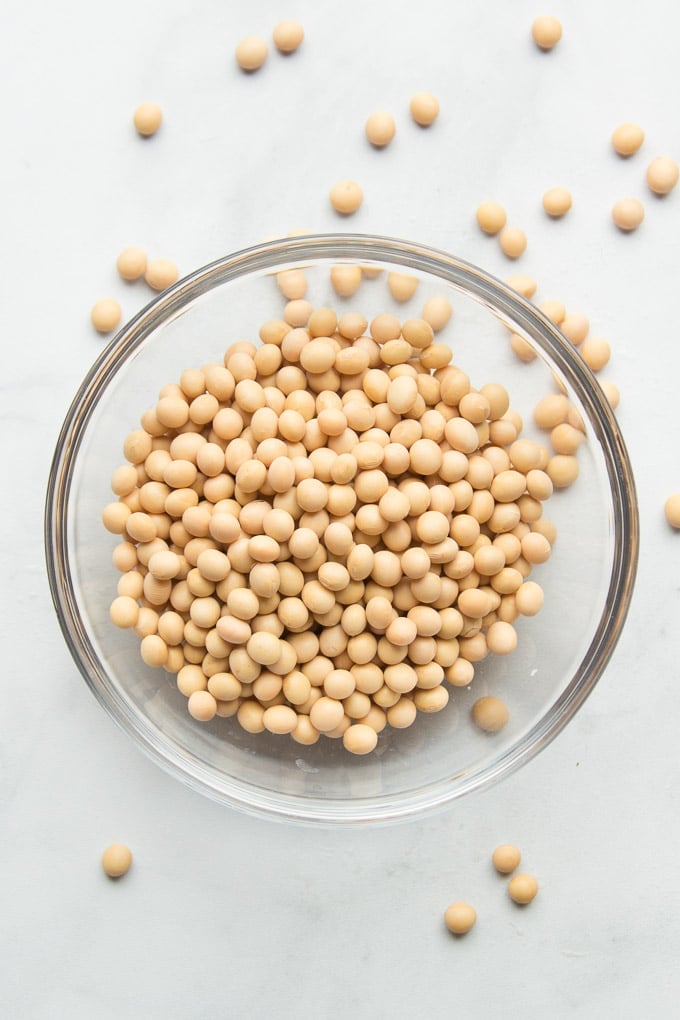
Tofu is soy curds. That's what I was told initially. But what the heck does that mean? How does one curdle a soybean?
The easiest way to think of it is this: tofu is kind of like soy milk cheese. Yes, for real. Let me explain.
The process of making tofu basically goes like this:
- Make some soy milk (this involves blending up soybeans in water then straining out the pulp).
- Curdle the soy milk by adding a coagulant.
- Strain out the liquid and compress the solid curds into a block.
Voila! That's tofu, and if you've ever made homemade ricotta cheese or paneer, you'll recognize that the process is pretty similar. Maybe that's why tofu makes such a great substitute for both ricotta cheese and paneer.
Tofu Varieties
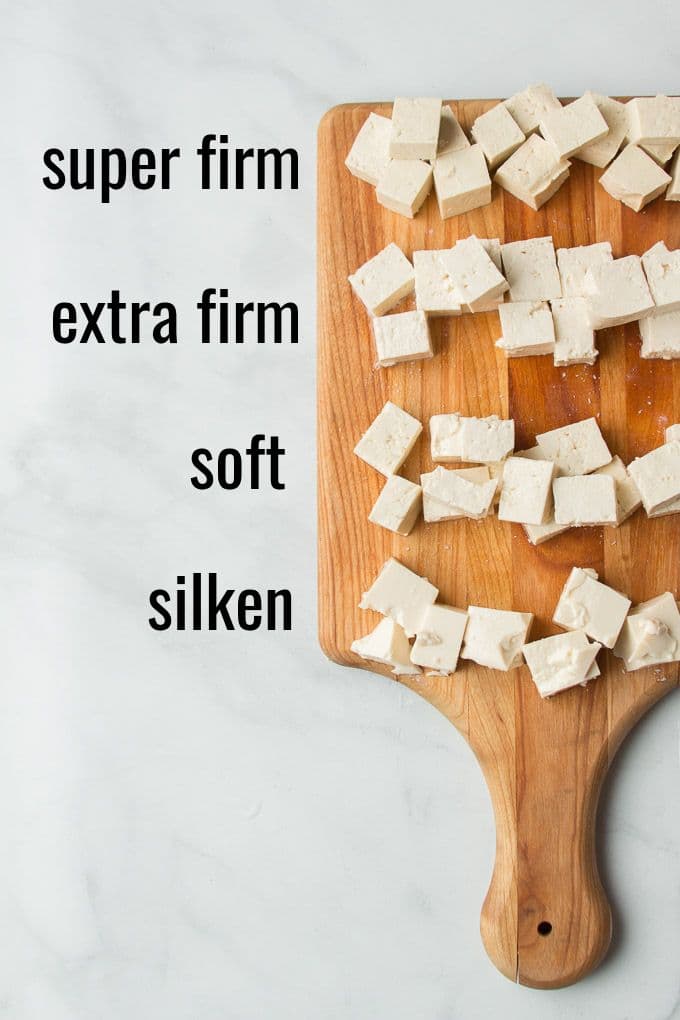
There are many different types of tofu, and knowing the difference is super important. Using the wrong type of tofu for a particular dish or recipe is another big reason so many people are initially turned off by the stuff!
Super-Firm Tofu
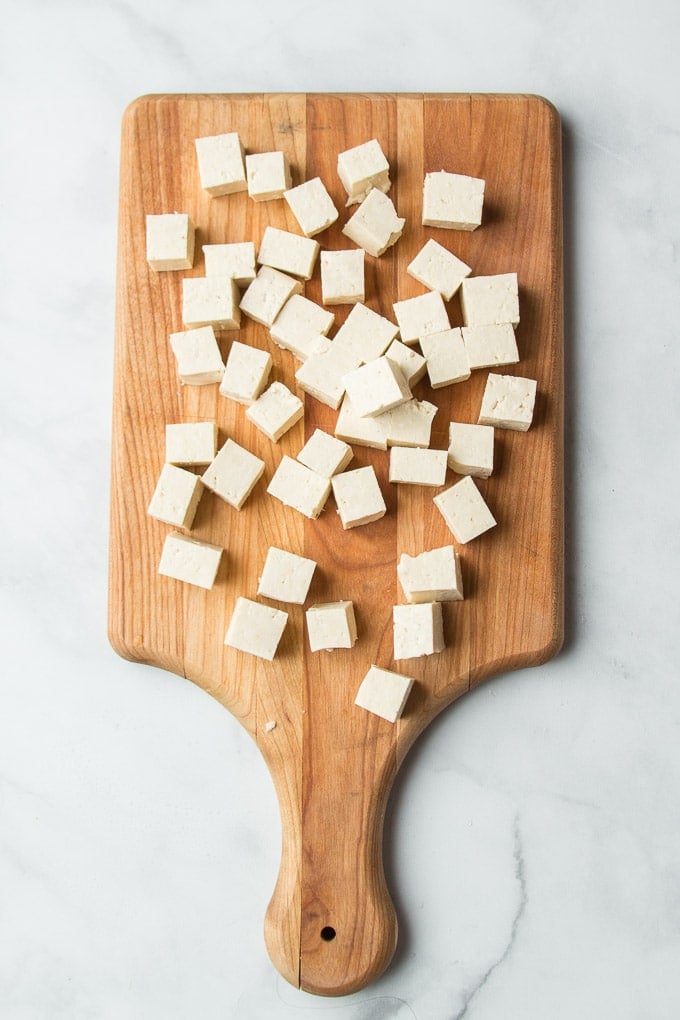
This is the best variety for beginners to cook with if you ask me. Super firm tofu is, as the name indicates, super firm.
Rule of thumb: The firmer the tofu, the lower the water content. Water tends to make tofu more challenging/time consuming to cook using popular methods like pan-frying and baking.
Super firm tofu has the lowest water content, so it's really easy to cook. You don't need to go through the step of pressing your tofu (more on that below). It's easy to brown in a skillet. It also doesn't have that spongy texture that can be off-putting to some folks.
How to use it: Try super-firm tofu in a stir-fry like this peanut tofu stir-fry, or use it to make homemade tofu paneer.
Firm and Extra-Firm Tofu
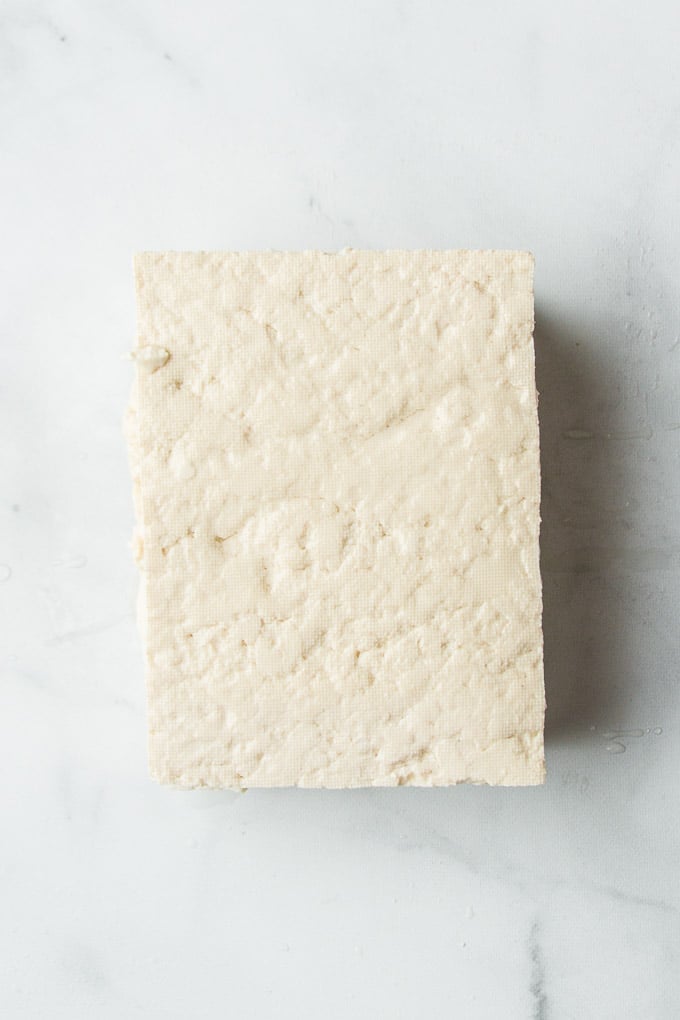
Firm and extra firm are probably the easiest tofu varieties to find at the store. They're also very versatile. Either one can be used in a stir-fry, much like super-firm tofu, but they'll also crumble up nicely in a scramble where you might normally use soft tofu.
Because these varieties have a bit more water in them than super-firm tofu, they often need to be pressed, particularly in recipes where too much moisture can prevent proper cooking.
How to use it: Firm and extra-firm tofu are my favorite tofu varieties for baking. Try these spicy baked tofu sandwiches. They'll also work in stir-fries, as a ground meat replacement in dishes like tofu tacos, or for in vegan ricotta cheese.
Soft Tofu
Soft is the type of tofu that I used the least often, but it definitely has its place.
Soft tofu has a high water content and crumbles very easily.
How to use it: This variety is soft enough to be blended smooth (and can sometimes work as a replacement for silken tofu), but can also be cooked in dishes like tofu scramble.
Silken Tofu
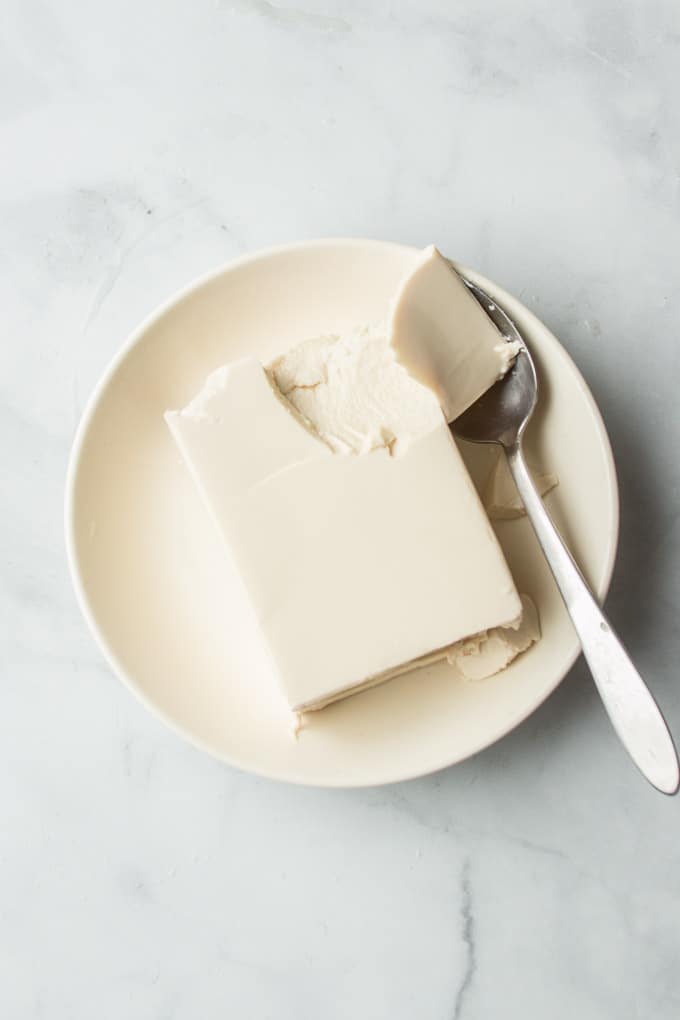
Silken tofu has a totally different texture from the other varieties. You'll sometimes hear conventional soft and firm tofu varieties described as cotton tofu. Silken tofu is to those varieties pretty much as silk fabric is to cotton. It's super soft and super smooth. So soft, in fact, that you can easily scoop it up with a spoon!
Silken tofu lends itself to totally different preparation methods from the other varieties — don't try to scramble or pan-fry it!
How to use it: Silken tofu can be blended up until it's super smooth and used to make desserts like chocolate pudding or dressings like this vegan ranch. It can be diced up and added to soups or salads (you'll see this a lot in Japanese cuisine) or even deep fried.
Other Tofu Varieties
You'll occasionally see other varieties of tofu that don't fit into any of the above categories.
- Sprouted tofu. This is tofu that's made from sprouted soybeans. It tastes pretty much the same as regular tofu.
- Black tofu. This type of tofu is made from black soybeans. I find it to be a bit smoother than regular tofu, but that's about it.
- Non-soybean tofu. You might see tofu made from hemp seeds, almonds, chickpeas, or other ingredients. While these aren't technically tofu, they're often similar in texture and great alternatives for folks who can't eat soy.
- Prepared tofu. You might occasionally spot varieties of tofu that have already been cooked at the store, like fried tofu puffs or flavored baked tofu. These products are great for anyone wanting to give tofu a try but not yet ready to prepare it on their own.
How to Cook Tofu
The right tofu cooking technique is crucial! Using the wrong cooking method for your tofu can totally ruin a recipe.
Here are some of my favorite tofu cooking methods.
Pressing
Pressing your tofu isn't actually a cooking method, but rather a preparation method that you'll sometimes want to do before cooking. Pressing tofu is a way of removing moisture and condensing your tofu to make it firmer.
There are a few ways of going about it, and I've summarized each briefly below. You can find detailed instructions for each method in my tutorial on how to press tofu.
Use a Tofu Press
A tofu press is basically a box with a plunger that pushes down on your tofu to press it. There are a handful of brands available on Amazon.
Simply stick a block of tofu in your press with the plunger engaged. Let it sit for 15 to 30 minutes.
Use a Heavy Object
If you don't have a tofu press, wrap your tofu in a few layers of paper towels, then wrap it in a dish towel. Place a flat object like a cutting board on top, then use something heavy like a cast iron skillet or some canned goods to weigh it down. Let it sit for 15 to 30 minutes.
Blot it Dry
Use this method if you're short on time. Just dice your tofu and firmly blot the pieces dry with a paper towel.
Baking
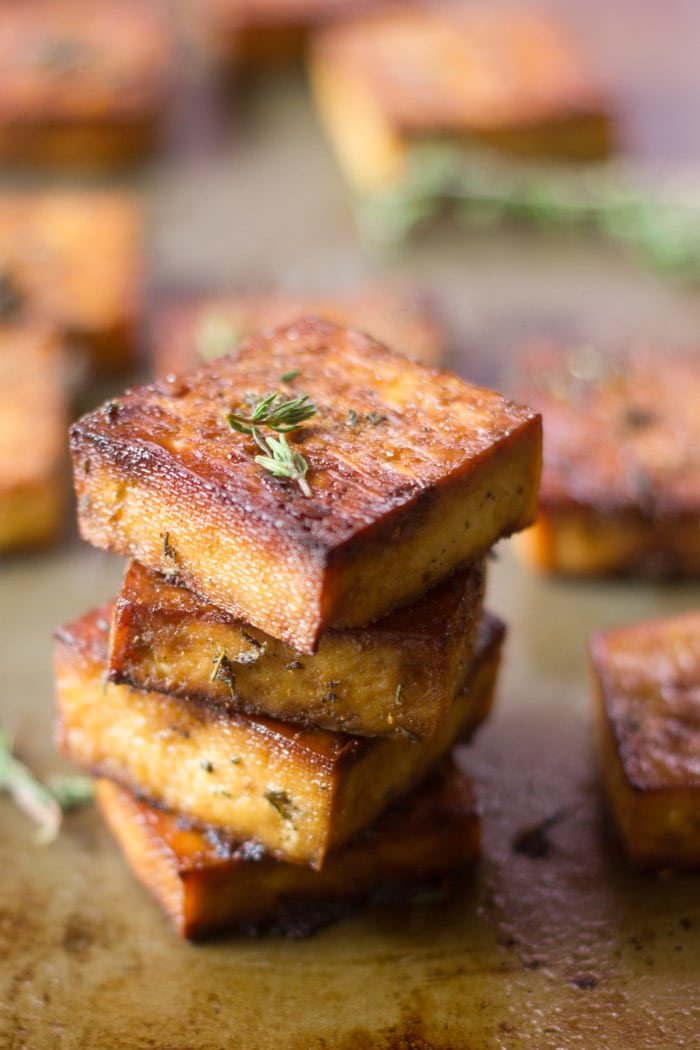
Baking is one of the easiest ways to prepare tofu, so it's great for beginners. Use firm or extra firm tofu for this.
- Cover your tofu in sauce. This can be store-bought sauce, like barbecue sauce or stir-fry sauce, as well as something you mix up yourself. If you've got time, let the tofu marinate for a while, but this isn't required.
- Arrange the tofu on a baking sheet. Be sure to line it with something nonstick like parchment paper or a baking mat.
- Bake the tofu! I usually bake mine for about 20 minutes on each side, at around 400°F, until it's shrunk and darkened a bit.
That's it! Baked tofu is great in wraps, on salads, or for snacking on by the handful.
Recipe to try: Lemon & herb baked tofu.
Pan-Frying
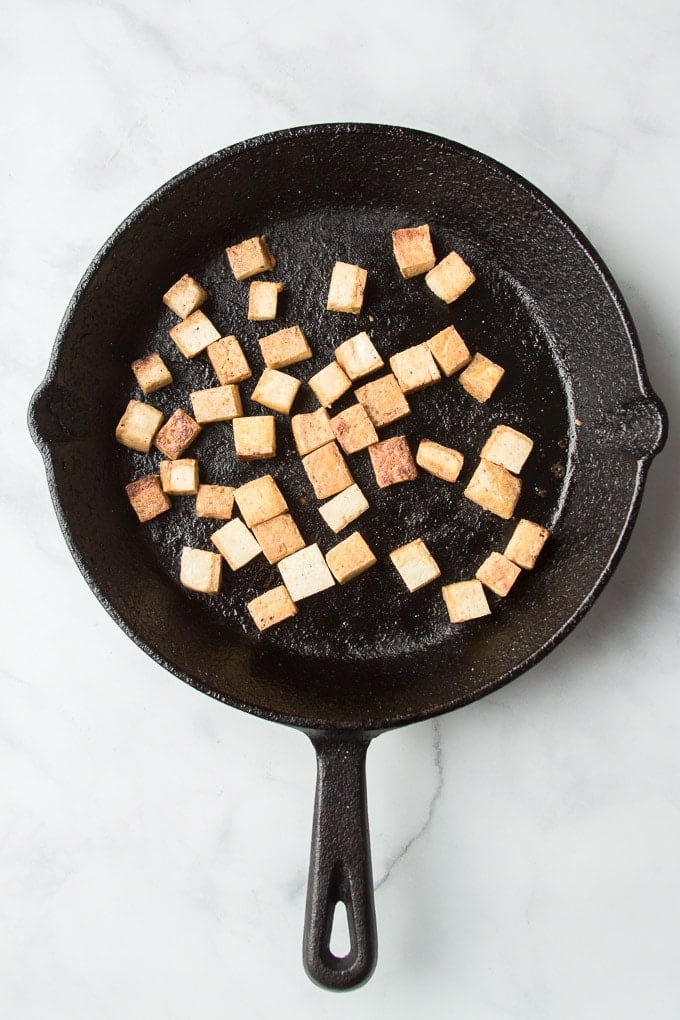
This is a quick and easy method that's great for dishes like stir-fries. Use super-firm or extra firm (and pressed) tofu for this.
- Heat up some oil in a nonstick skillet.
- Add diced tofu. Let it cook for a few minutes on each side, until browned and crispy.
I did an entire post on this method a while back, so check it out for more guidance.
Recipe to try: Tofu stir-fry with garlic sauce.
Scrambling
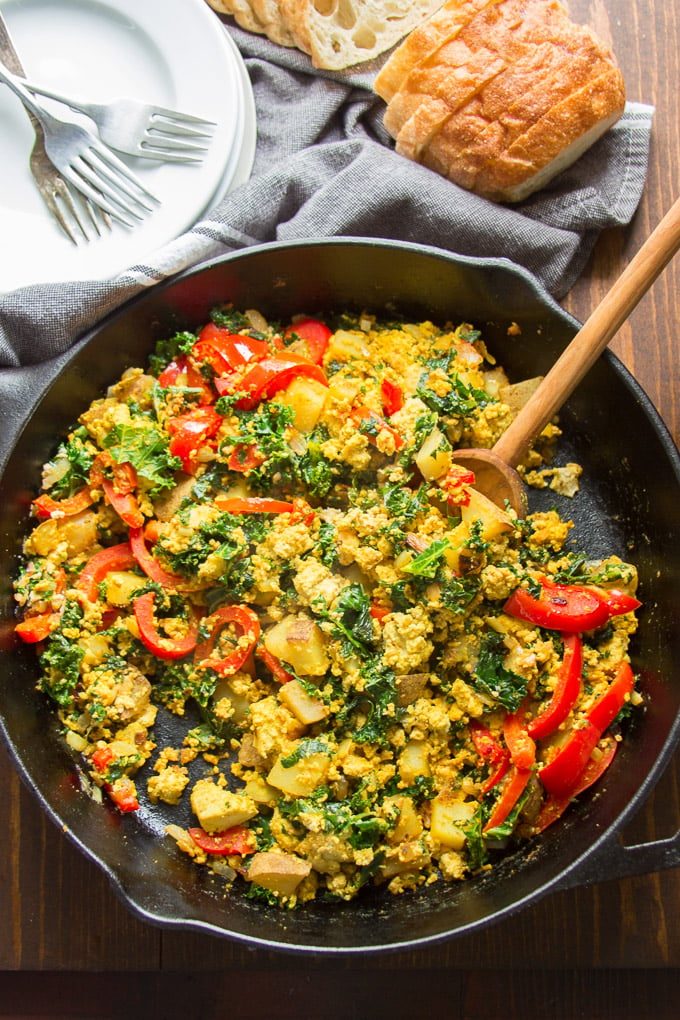
Scrambling works with anything from extra-firm to soft tofu. It's great for replicating the texture of eggs or ground meat. Pressing is recommended for this method, but not strictly necessary — the scramble will just take a bit longer to cook if you don't!
- Heat up some oil in a nonstick skillet.
- Crumble your tofu into the skillet.
- Cook the tofu until it begins to dry up and crisp, flipping it from time to time.
- Add some seasonings and sauces. Continue cooking the tofu until any additional liquid you've added dries up.
Recipe to try: Loaded tofu scramble.
No-Cook Tofu
You don't actually have to cook tofu at all to eat it! Here are a few no-cook options to try:
- Add diced tofu directly to soups, like this soba noodle soup.
- Marinate tofu to make vegan feta cheese.
- Crumble tofu up and mix it with dressings to make vegan salad-style sandwiches, like this vegan egg salad.
Getting Started
If you've never tried tofu before, consider visiting a restaurant that knows how to prepare it before you take a crack at it yourself. A good Asian or vegetarian restaurant will usually know what they're doing.
While I've provided lots of guidance on tofu cooking techniques, I always recommend starting with a tried and true recipe before you try experimenting on your own. I've got an entire collection of them here.
Want to learn more about my favorite plant-based protein foods? Check out my post on how to make seitan and my guide to tempeh!
Like this post? If so, be sure to follow me on Facebook, Pinterest or Instagram, or subscribe to my newsletter. And please stop back and leave me a review and rating below if you try any of the techniques or recipes I've linked to!



I want to thank you for your recipes! I stored them on file and whenever I want to cook, I just
whip one out. The variety of dishes is enjoyable. Thank you, thank you, thank you😋